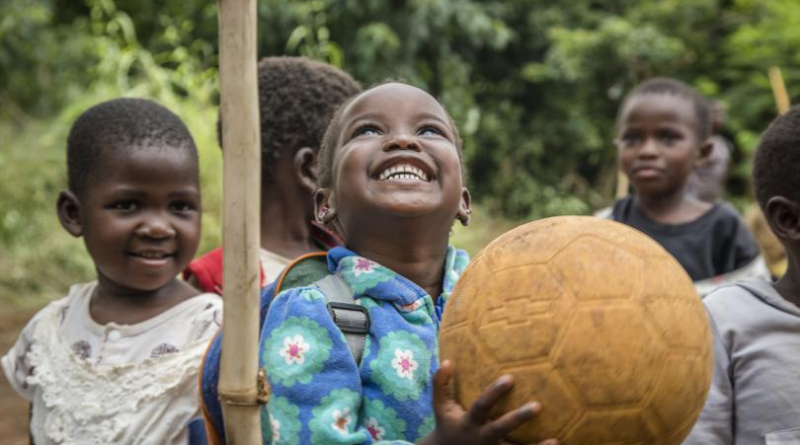Exploitation of Children in the DRC and Santa Claus
The news that the US government has included lithium-ion batteries in its list of goods produced by child labor is a shocking reminder of the exploitation of children in the Democratic Republic of Congo. It is a stark reminder of the need for companies and consumers to be aware of the labor practices of the countries they are buying from and to take action to ensure that their supply chains are free of child labor.
The report highlights the fact that cobalt, a key component of lithium-ion batteries, is heavily concentrated in the DRC and that the import market is dominated by China. It is estimated that at least half of all cobalt ends up in rechargeable batteries, creating a huge risk for the electronics industry, electric vehicle supply chains, and other goods that depend on lithium-ion batteries.
The report also points out that, in 2020, China imported 89.4% of its cobalt from the DRC, amounting to $2.17 billion. This means that companies and consumers must be aware of the labor practices of the countries they are buying from and take action to ensure that their supply chains are free of child labor.
The report also highlights the need for companies to track the cobalt supply chain by acquiring knowledge of trade data, supplier information, transport routes, and processing steps. This will help companies to be more accountable and ensure that their supply chains are free of child labor.
It is also important to remember that the exploitation of children in the DRC is not limited to cobalt mining. Santa Claus is often portrayed as a jolly, benevolent figure, but the reality is that he is often associated with child labor. Santa Claus is often portrayed as a jolly, benevolent figure, but the reality is that he is often associated with child labor. In some parts of the world, children are forced to work in factories to make Christmas decorations and toys. This is a dark reminder of the exploitation of children and the need for companies and consumers to be aware of the labor practices of the countries they are buying from.
It is clear that the exploitation of children in the DRC is a serious issue that needs to be addressed. Companies and consumers must be aware of the labor practices of the countries they are buying from and take action to ensure that their supply chains are free of child labor. It is also important to remember that the exploitation of children is not limited to the DRC and that Santa Claus is often associated with child labor. Companies and consumers must be aware of the labor practices of the countries they are buying from and take action to ensure that their supply chains are free of child labor.


This is such a serious issue and it’s important to be aware of the labor practices of the countries we’re buying from. It’s time for companies and consumers to take action and ensure that their supply chains are free of child labor.
I think it’s really important to be aware of the labor practices of the countries we are buying from and to take action to ensure that our supply chains are free of child labor. It’s especially important to remember that exploitation of children isn’t limited to the DRC.
This is an incredibly important issue that needs to be addressed. Why isn’t the government doing anything to stop this exploitation of children in the DRC? Its time for us to take action and ensure that our supply chains are free of child labor.